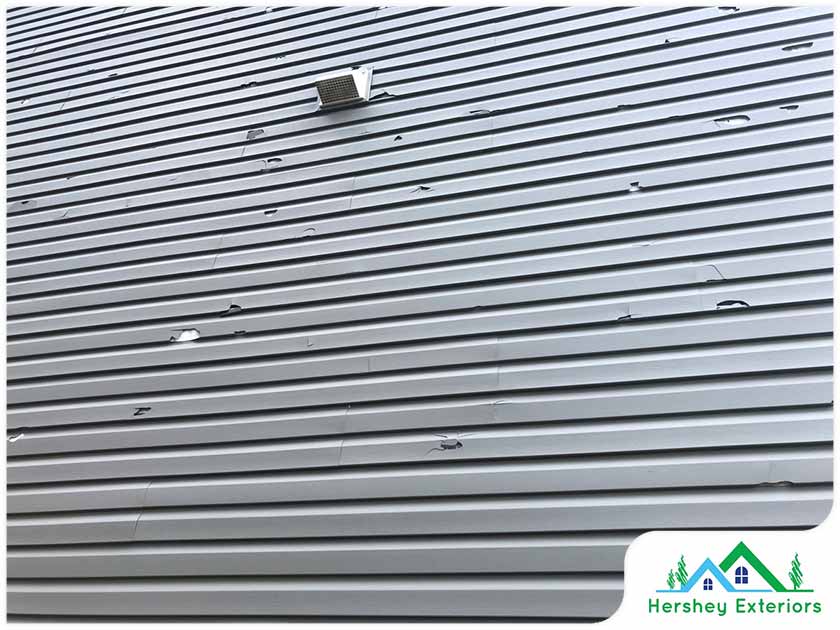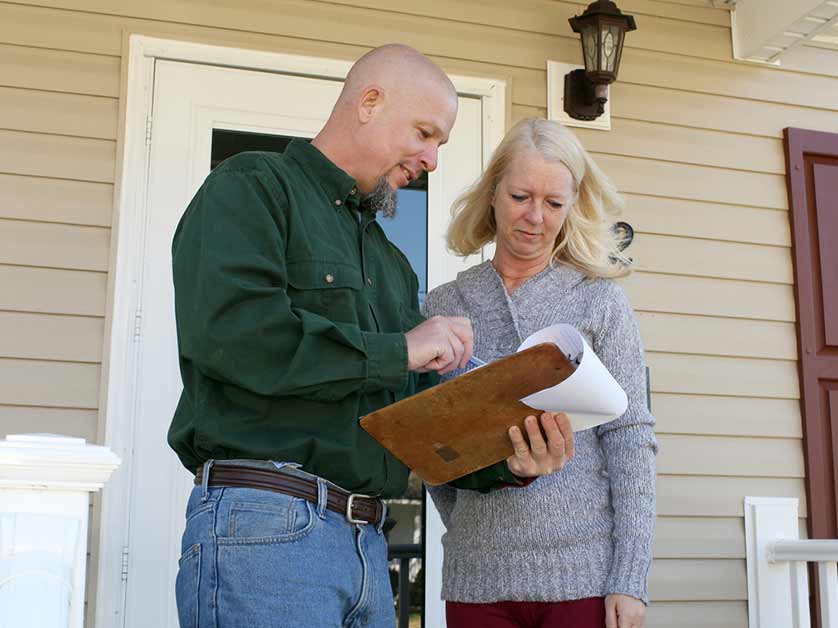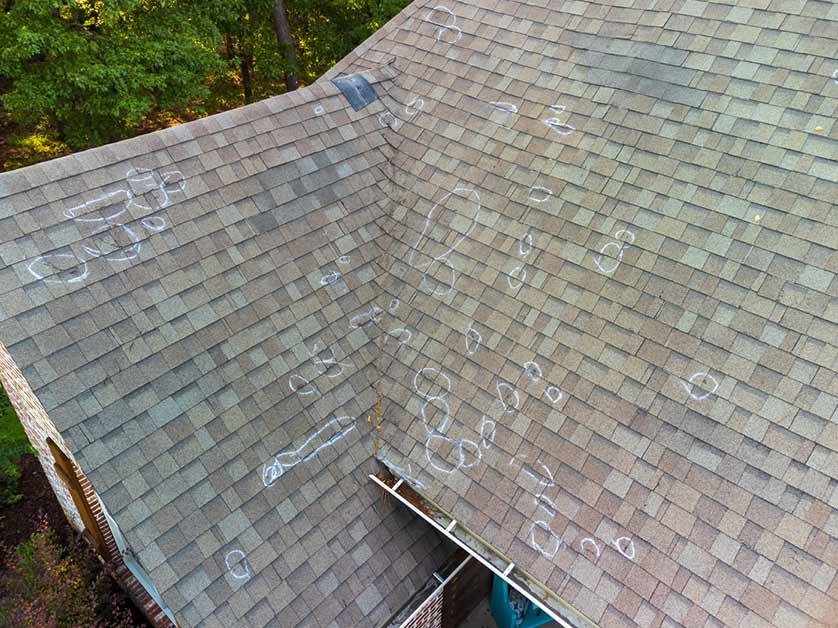Siding is constantly exposed to the elements, so, understandably, a time may come that moderate to heavy damage will be incurred, especially after storms and other extreme meteorological phenomena. Storm damage repair needs to be done as soon as possible to ready your home for the next incoming storm since strong winds, flying debris and wind-driven hail can cause serious damage to the exterior of your home if you’re not properly prepared for it.

Damage Assessment
First thing’s first, know the extent of the damage done to your siding. Having a grasp on how much damage it sustained can help you make an action plan with better results. It will give you vital information that you can take note of - as well as relay to your contractors to help the pros visualize what to expect upon arrival.
Check the surface of your siding, and look out for tell-tale signs of storm damage. Repairing these issues immediately or having your siding replaced altogether minimizes the possible risks to your property as well as improves your home’s defenses against the next impending storm.
Common Damage
While vinyl siding is attractive, durable and low maintenance, it can be seriously damaged by high-speed winds that carry debris and heavy hailstorms. Look out for the following damage on the surface:
Cracks
These are splits or cracks that usually run along with the pattern of the siding. Often found in the form of semi-circles, they are mostly spotted in-between the ridges and valleys of the panel. If you have difficulty seeing them, try inspecting your siding along with your family and friends so you can all confirm the damage.
Chip Damage
Identified when small fragments of your siding have broken off, they are typically found as semi-circles at the bottom of your siding’s panel ridge as this is the part of the siding that cannot flex inward to absorb impacts. Try looking up from underneath a panel section, and you should be able to see them.
Punctured Holes and Breaking
In the case of severe weather conditions like hailstorms or hurricanes, punctured holes and outright pieces breaking off from the panel are common occurrences. These breaches on the integrity of your siding pose a multitude of risks for your interior and the safety and comfort of your family. Note these areas around your siding, and notify your trusted contractor immediately to start an inspection.
Dings and Dents (Aluminum Siding)
If you had aluminum siding installed by your siding contractor, the damage you’re looking out for is a bit similar to vinyl siding damage, though there are some notable differences. As aluminum is a lightweight metal, when it is struck by debris and hailstones, it tends to form dents and dings instead of cracks and chips on the surface. When this siding is battered by high-speed winds, large pieces tend to be ripped off your house entirely. So, when you’re inspecting your aluminum siding, take a closer look as aluminum siding can appear fine from a distance. Consider inspecting during the early morning or in times of the day where the sun is low so you can see better.
Paint Damage
The most common sign of storm damage, exterior paint can be chipped, cracked and discolored after being battered and exposed to the elements. Paint damage is dealt with by high-speed hailstones and debris, and they cause the coat of paint to chip, crack, discolor and peel off (at times, in very large sections). This not only causes your siding to be compromised, but also significantly decreases the visual appeal of your home. So, keep a sharp eye out for small black marks on your siding’s paint job.
Stucco Damage
Stucco is generally resistant against light and moderate weather conditions. Hailstorms, high-speed debris and extreme wind speeds, however, can severely damage it. As stucco is a cement-type siding that is relatively tough and is applied to the outermost layer of the cladding, it tends to have holes when damaged by extreme weather conditions. And since it’s basically a coating, the holes are breaches that expose the inner workings of the siding to external elements, such as moisture and wind. If the holes are large, moisture and water can seep into the holes and weaken the surrounding area, and strong winds can enter the holes and further weaken the integrity of the stucco.
And it is important to keep in mind this: when stucco itself is severely damaged, there’s a very high chance that your roof and windows are severely damaged as well. To be completely sure, contact your trusted siding contractor for a full property inspection and estimate.
Brick Damage
Most homeowners are confident in the durability and resilience of bricks. And the notion is definitely understandable as bricks boast a significant amount of compressive strength, resistance to saturation and a service life that can reach up to hundreds of years. But like all building materials, it is not completely impervious. Clay bricks that are not hard burnt are more susceptible to the effects of extreme weather conditions. While hailstones have a hard time damaging the surface of bricks, they do chip away at the surface of the brick and may cause them to have hairline cracks that can widen through time. Plus, it subjects them to constant exposure to elements, such as rain and snow.
Bricks are durable, yes. But even they are susceptible to wear and tear. Avoid complacency, and hire a professional to take a look at the condition of your property.
Contact Us!
Need a team to handle immediate storm damage repair on your home? Hershey Exteriors, Inc is a GAF-certified home improvement and roofing contractor dedicated to providing superior home improvement services to home- and business owners, and has provided excellent service for over a decade. We also specialize in insurance claims for wind damage and offer a special discount to our proud veterans!
For any inquiries, contact us at (302) 569-9039, or fill out our contact form to request an estimate. We proudly serve clients and homeowners in the states of Maryland and Delaware.
Tags
Subscribe to Hershey Exteriors's Blog








Comments